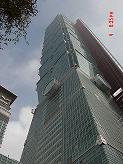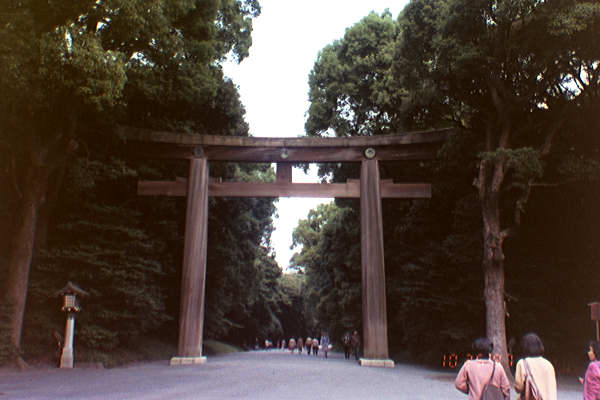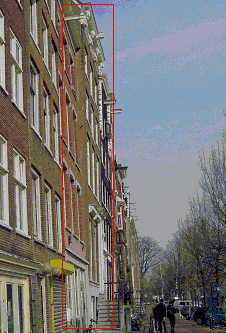I am being asked quite often on why do I look at the geotech earthquake engineering research whereas New York city is located in an area of low seismicity.
I was not involved in earthquake engineering research until
I started teaching soil dynamics in 1994. 'Dynamics' is at a level higher
than 'statics' and in many cases the dynamics problems should degenerate
to the static problems when the earthquake terms are dropped.
Research wise, we should be leading the cutting edge, and in many cases,
earthquake engineering problems are confronting us. New York
City did not require seismic design but the Building Code has been amended
several years back for a compulsory seismic design. Thus,
our research topics are never limited to local conditions - we are responding
to the global needs. My research interests are never limited to those presented
in this home page; in fact they started to get old when they appear here.
If I may quote an example, the Kansai area in Japan, which comprises
of Osaka, Kyoto and, Kobe, was considered to be of low seismicity although
historical records indicated that severe earthquakes had occurred in Kyoto
a few hundred years ago. While most people felt that the earthquake is the
business of Kanto people, the worst earthquake occurred in Kobe. The situation
of the East coast versus the West Coast is simialr to that of Kansai versus
Kanto. The few hundred years of history that we are trying to remember is
never long enough to cover the geological age, or to give a clear picture
of what will happen to this earth crust.
But my
topics of research are not limited to earthquake engineering problems....
Note:
after the Virginia earthquake (M=5.8) of Aug 23, 2011 and its shaking
around New York city, it is now more convinced that we need Geotech
Earthquake Engineering




